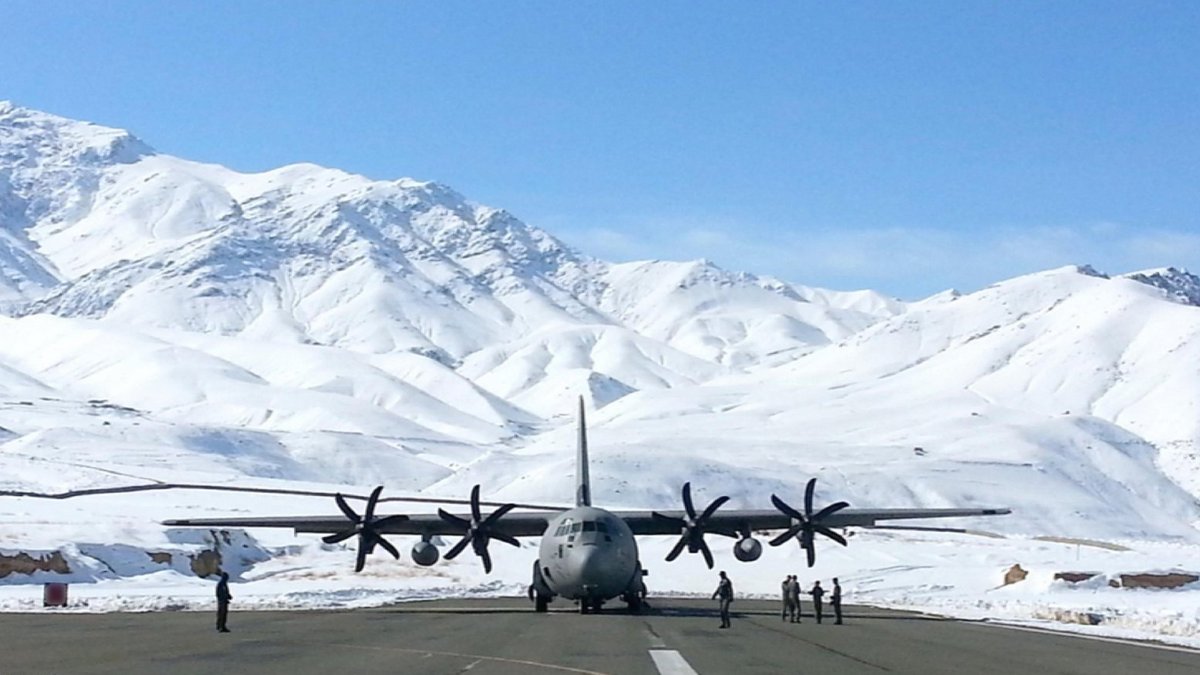
Action Ladakh – Air Power the Key Element
Tue, 20 Oct 2020 | Reading Time: 9 minutes

India-China face-off in Ladakh has entered the sixth month with no signs of either side backing off or negotiating a withdrawal. There has been little follow-on action by China after repeat meetings at diplomatic and military levels, the two armed forces continue to be eye-ball to eye-ball across the Line of actual control (LAC). Indian Army (IA) and Indian Air Force (IAF) have seen very regular operations in Ladakh region ever since the Siachen glacier became the world’s highest battlefield in 1984. IAF’s major role has been logistics by supporting air maintenance of troops in the mountains both in the Jammu and Kashmir region and in the North East. While IA does a lot of winter stocking through the summer months through the two major road axis, one via Drass – Kargil, and the second via Manali, the IAF lifts close to 30,000 tons of IA load every year by air. With the opening of the Atal Tunnel, the Manali-Leh axis has become shorter by nearly five hours. Similarly, once the Zojila tunnel is complete then India will have one more all-weather road access to Ladakh region. With the IA strength increasing nearly fourfold due to the very active LAC, the logistics requirements in Ladakh has gone up manifold. Also, now the requirements of weapon assets, the ammunition, and maintenance requirements have gone up considerably. Once major passes close during winter and road access is not available for nearly five months, the air maintenance requirements will increase phenomenally. Also with IAF moving its assets into the region, IAF will have to logistically support them. Air will play a crucial role in the mountains. There is a need to analyse all the types of air operations that are expected in the region.
ISR Operations – Crucial Starting Point
Getting correct information of enemy Order of Battle (ORBAT) is very crucial. It is also very important to know enemy intent. Intelligence Surveillance and Reconnaissance (ISR) Operations (Ops) are thus very important. Open source satellite pictures of eastern Ladakh region are already being uploaded on social media by individual enthusiasts. India today has a significant satellite and electronic intelligence (ELINT) capability. Indian Defence satellites controlled by Tri-service Defence Space Agency (DSA) in close coordination with Indian Space Research Organisation (ISRO) would be providing the satellite imagery of the immediate areas across the LAC and also of Chinese airfields, People’s Liberation Army (PLA) formations and logistics nodes of interest to IA and IAF in the region. Also in use would be IAF and IA UAVs to gather intelligence. IAF’s air crafts have significant optical and radar based ISR capability and those would be employed to get tactical information, including pictures. There are assets which could further be used for Electronic Intelligence (ELINT) and Signal Intelligence (SIGINT). IAF also has its ELINT platforms. ISR assets are also required to confirm compliance of various border related agreements. IA and other intelligence agencies would use assets for Human Intelligence (HUMINT). With Chinese often going back on their committed actions, India’s approach would have to be “Don’t Trust, First Verify, Then Double-Check, and yet be Operationally Prepared.”
Fighter Operations – The Cutting Edge
High altitude aircraft operations are very peculiar. The aircraft engine settings have to be readjusted to start at high altitude airfields with rarefied air. Also, most weapons are not designed to be fired, or released at those altitudes, nor are the aiming index calculations catering for those altitudes. During Kargil, IAF found that one of the aircraft’s engine flamed out when firing rockets because of the airflow disturbance at the air intake. Today a large number of IAF fighter aircraft are technically cleared to operate from Leh and airfields of those altitudes. Though, physically there is no need to position or risk all these aircraft at Leh. At best four to six aircraft may be kept at Leh for air defence duties. There are a large number of other airfields at much lower altitudes and safer distance, and not too far from the area of action where these aircraft could be positioned.
The fighter ops in Ladakh could include a full spectrum of air operations. Counter airstrikes against Chinese airfields; Counter air to destroy enemy aircraft in the air would be a priority. Air defence of Indian assets, including landing strips in the region, would be important. Battlefield Air Interdiction (BAI) would involve striking Chinese lines of communications, army bridgeheads, troop concentrations, logistics nodes, amongst others. IAF will also have to attack other targets such as enemy radars. Close air support (CAS) would mean taking on troops, bunkers, artillery and armour engaged in battle with IA. Precision Guided Munitions (PGM) will be used extensively. Fighters will also use electronic warfare to impede enemy air and ground action. There will be a need for regular enemy Battle Damage Assessment (BDA) missions to access the success of own strikes and to plan the next course of action. IAF has announced that Rafale pilots are already fully operational to get into actions. Also, the weapons and other operating systems have arrived in advance. Five Rafale aircraft arrived on 29 July 2020. They bring with them the cruise missile, tBVR and also many other state of the art game-changing systems. Five more aircraft are expected soon. There will at least be a dozen aircraft by end of the current year.
Airfields in Action Zone
It is presumed that any war between two nuclear-powered nations with the largest populations in the world would remain a localised conflict, and also not escalate into a two-front war. If such was to happen, the entire dynamics and options with India can change, including nuclear. In Ladakh zone, there are mainly three Chinese airfields. Ngari Gar Gunza in Tibet is around 300 km from Leh. It is around 300 km from Ambala too. Air distance from Leh to Galwan area is around 80 km, whereas from Gar Gunza to Galwan is around 200 km. Gar Gunza elevation is 4,274m, vis-a-vis Leh at 3,256 m above mean sea level. Higher altitude creates penalties of maximum weight that an aircraft can take-off with. The second Chinese airfield of interest is Hotan in Xinjiang, 350 km north of Leh. This active PLA Air Force (PLAAF) base is at a relatively lower altitude of 1,424 m. Hotan has been the airbase for regular exercises, including the Shaheen series with Pakistan. Operations from this base could be significant. Normally, the PLAAF maintains roughly twelve J-11 class variants at Hotan and also some CH-4 UAVs. An air defence battalion garrisoned in Hotan provides the PLAAF with additional air defence capabilities. The PLAAF deployed a number of additional assets in early June 2020, including J-10. Kashgar at 4,170 ft. altitude is nearly 600 km away from the action is known to have the H-6 bombers.
Other than Leh, IAF has a major transport airbase at Thoise just north-west of Leh. IAFs other major active airfields within much lesser distance than Hotan (350 km) are Srinagar, Awantipura, Udhampur, Pathankot, Adampur and Ambala. Most of IAF bases are at much lower altitudes, and unlike Chinese, these are regular home bases of IAF fighters. IAF airfields at much lower altitude will give advantage larger weapon load and fuel carriage.
SSM and Air Launched Missiles
China’s entire air doctrine and strategy revolve around extensive use of surface-to-surface missiles (SSM). These are difficult to defend against. They have a much larger inventory of these. Their second approach would be to use cruise missiles. Six of these can be launched from H-6K bombers. While India does not have bombers of that class, but India has the SCALP on Rafale and BrahMos on Su-30 MKI. A large number of BrahMos are available in SSM variants. BrahMos missiles, among others, are already placed in the region. A Long-Range Sub-Sonic Cruise Missile is under development and testing. India also has anti-radiation missiles to destroy enemy radars. The Apache attack helicopter would use the anti-tank missiles. Similarly, there is a surface fired anti-tank missile available with the IA.
Air Defence Weapons
Surface to Air missiles and other ground-based air defence weapons will have a crucial role to thwart an enemy air attack. IAF and Indian Army have positioned air defence weapons in the area including missiles to counter all aerial threats. There are a variety of other air-defence missiles with IAF and IA, including Quick reaction surface-to-air missiles (QRSAM) and medium-range SAM (MRSAM) and long-range SAM (LRSAM). There is an advanced ground-based air-defence system with IAF.
AWACS and FRA – Important Force Multipliers
In the absence of many radars in the Ladakh region, both sides will extensively use the AWACs and other AEW assets. For IAF the IL-76 based Phalcon AWACS and indigenous AEW&C will provide the necessary support. IAF’s IL-78 based Flight Refuelling Aircraft (FRA) will be used on as required basis.
Transport and Special Operations
IAF’s transport and helicopter fleets air maintain the IA in Ladakh every year, round the clock. The quantum of requirements during the build-up phase and actual operations will be 3-4 folds with the much larger strength of troops. IAF’s transport fleet today has very significant capability. The C-17 Globemaster III can carry 77 tons of Cargo, and by volume, it can carry the T-90 tank. The IL-76 MD can carry 48 tons and that could include a T-72 tank. IAF has a large number of C-130 Super Hercules and nearly a hundred An-32. C-130 will be used for special operations, including para-drop behind enemy lines. The tri-services Armed Forces Special Operations Division (AFSOD) will be in action. IAF will be an active participant in airborne or air-landed operations. IA has been regularly practising the airdrop. The Special Forces are well trained for the operations in the region. Notwithstanding winter weather, IAF will be able to take on the increased air transportation load. IAF has demonstrated its capabilities to land at DBO. Of course, DBO can be well served by heavy lift helicopters too.
Helicopter Operations
Helicopters will play a great role in air operations. The larger Mi-26, though a few and the Chinook will be able to take heavy loads including under-slung guns and other large IA loads. These will be important for quick inter-valley transfers. The very sizeable Mi-17, ALH and Cheetah fleets will be the real workhorses for utility and communication duties. IA has a significant fleet of ALH and Cheetah. IA helicopters also play the scout role and some will be required as airborne forward air controllers (FAC). The Apache attack helicopter with anti-tank missile and other weaponry will play a significant role. Similarly, armed ALH variants will have significant anti-tank and close air support role.
Ammunition and Winter Stocking
Stocking of ammunition, missiles, bombs etc. is also very critical. All ammunition has a finite shelf life. Often, the total stocks tend to deplete and refill is a continuous process. We can recall that immediately after the Balakot strikes, IAF reportedly ordered more stand-off bombs. Similarly, IAF may order stand-off missiles for Rafale. It is a good time to build stocking levels for all kinds of ammunitions for both IAF and IA. There will be a need for heated hutments, and special clothing because some of the areas are at around 17,000 ft. altitude. High quality winter clothing would be a must. Also, adequate stocks of fuel and lubricants will be required. Another critical thing will be Oxygen supply and beefing of hospital facilities to take on possible casualties. Chances are that India will have to maintain larger troops in the region for time to come, and this will have to be factored. Air will play a great role in stocking.
Peculiarities of Mountain Air Operations
IAF learnt many lessons in Kargil conflict. Operations in valleys increase the risk from man-portable SAMs. Valleys also help shield aircraft from radars. Interdiction plays a much greater role because the roads are far and few. Knocking off a critical bridge by either side could choke supply lines. Alternative routes may be very long. Setting up air-bridge will be important. Helicopters will have a critical role in inter-valley movements of both reinforcements of men and materials. AWACS will play a great role in supporting the air battle.
Be Firm India – the Only Option
The Chinese behaviour at this moment in history is somewhat akin to what Hitler began in 1939. Xi Jinping has usurped all power and authority and very prematurely has chosen to be very ambitious. In the process, it has opened up many fronts. These include the debt-trapping of smaller countries; antagonising Japan and Taiwan, and all the South East Asian Countries because of behaviour in the South China Sea; angering 1.3 billion Indians with action in Ladakh, and unleashing authoritarian power against own people in Xinjiang and Tibet. China hardly has any friends other than Pakistan and Turkey, and both these staunch Islamic nations have no problem with the way China is suppressing Muslims. China’s relations with Russia is fragile and soon China will pull the rug from under Russian defence exports by taking all erstwhile Russian defence markets and leaving Russia in the lurch. The rest of the world is galvanising. America, Europe, Middle-East and QUAD are all angry and getting together. India is the bulwark.
The world’s, and India’s experience is that the Chinese buckle down when some country stands up to it. Vietnam was one that was ready to go to war for its territorial rights. India’s own experience in 1967, 1987, and more recently 2017 in Doklam is that if you take a strong stand, over-hyped under-prepared Chinese armed forces and the political leadership back off. Countries like weak-kneed Pakistan who seeded significant territory to China have effectively become client states. India is in a position to speak from a position of military and political strength. A full IA Corps is permanently positioned in Ladakh for more than two decades. Chinese troops come to the region mostly for exercises for general watch duties. India has a clear advantage on this count. IAF is much better positioned in the region. Yet India need not be overconfident and be cautious that China has a huge weapon inventory and modern weapons. It is time to hold ground and prepare for the long haul, even at a cost. Air will play a crucial role in the mountains. Taking a hardstand will do India well in the long term. It will gain respect in the comity of nations.
Disclaimer
The opinions expressed in this article are the author’s own and do not reflect the views of Chanakya Forum. All information provided in this article including timeliness, completeness, accuracy, suitability or validity of information referenced therein, is the sole responsibility of the author. www.chanakyaforum.com does not assume any responsibility for the same.
Chanakya Forum is now on . Click here to join our channel (@ChanakyaForum) and stay updated with the latest headlines and articles.
Important
We work round the clock to bring you the finest articles and updates from around the world. There is a team that works tirelessly to ensure that you have a seamless reading experience. But all this costs money. Please support us so that we keep doing what we do best. Happy Reading
Support Us




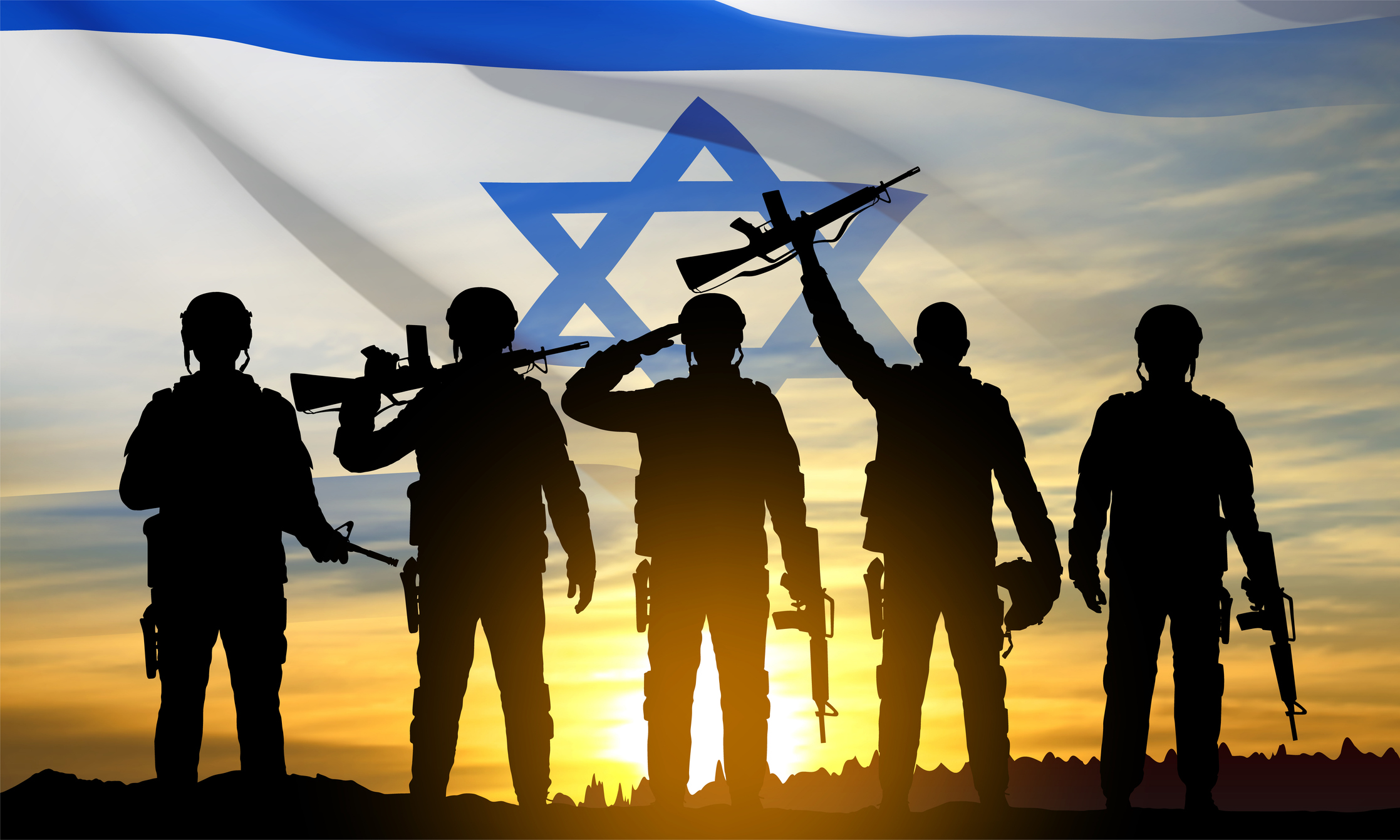

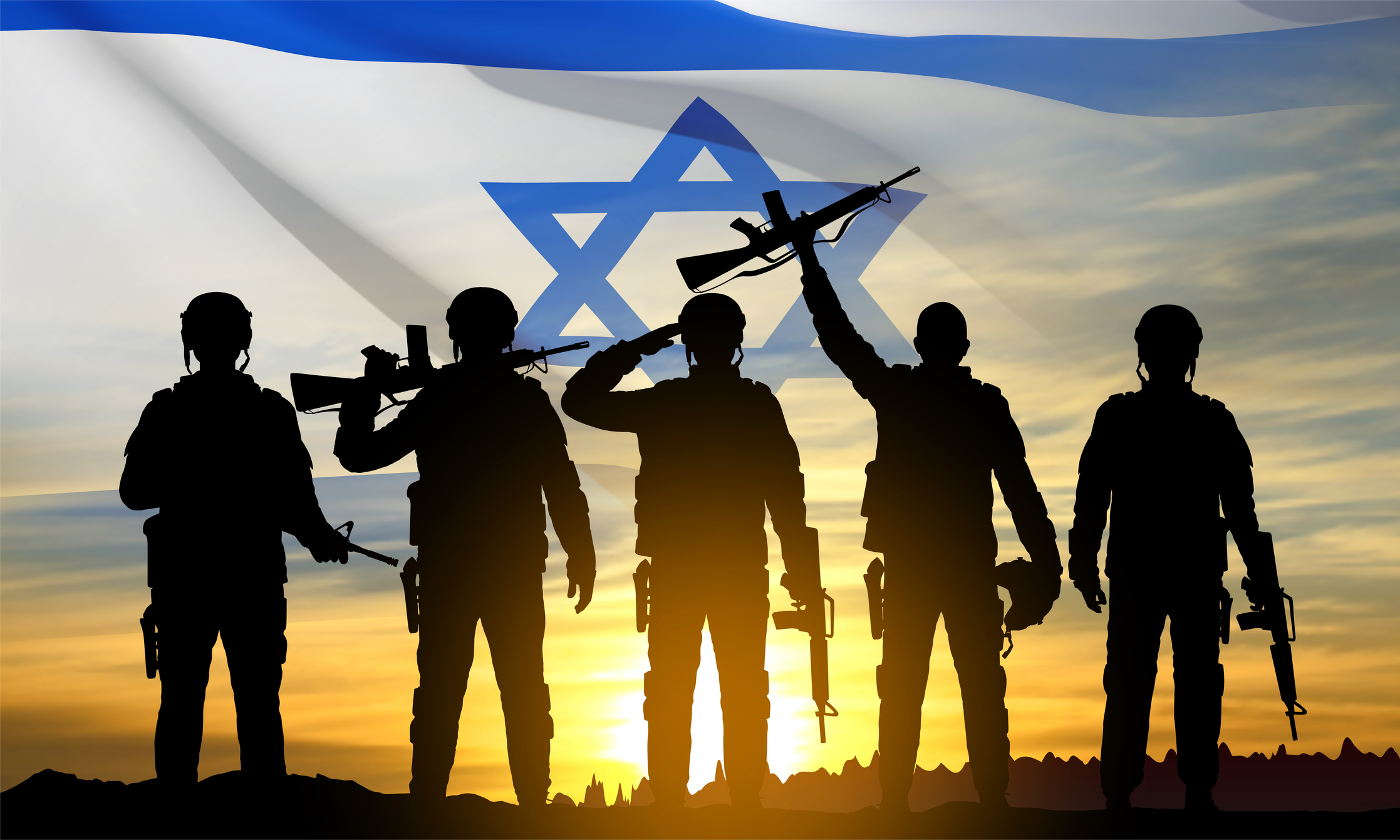
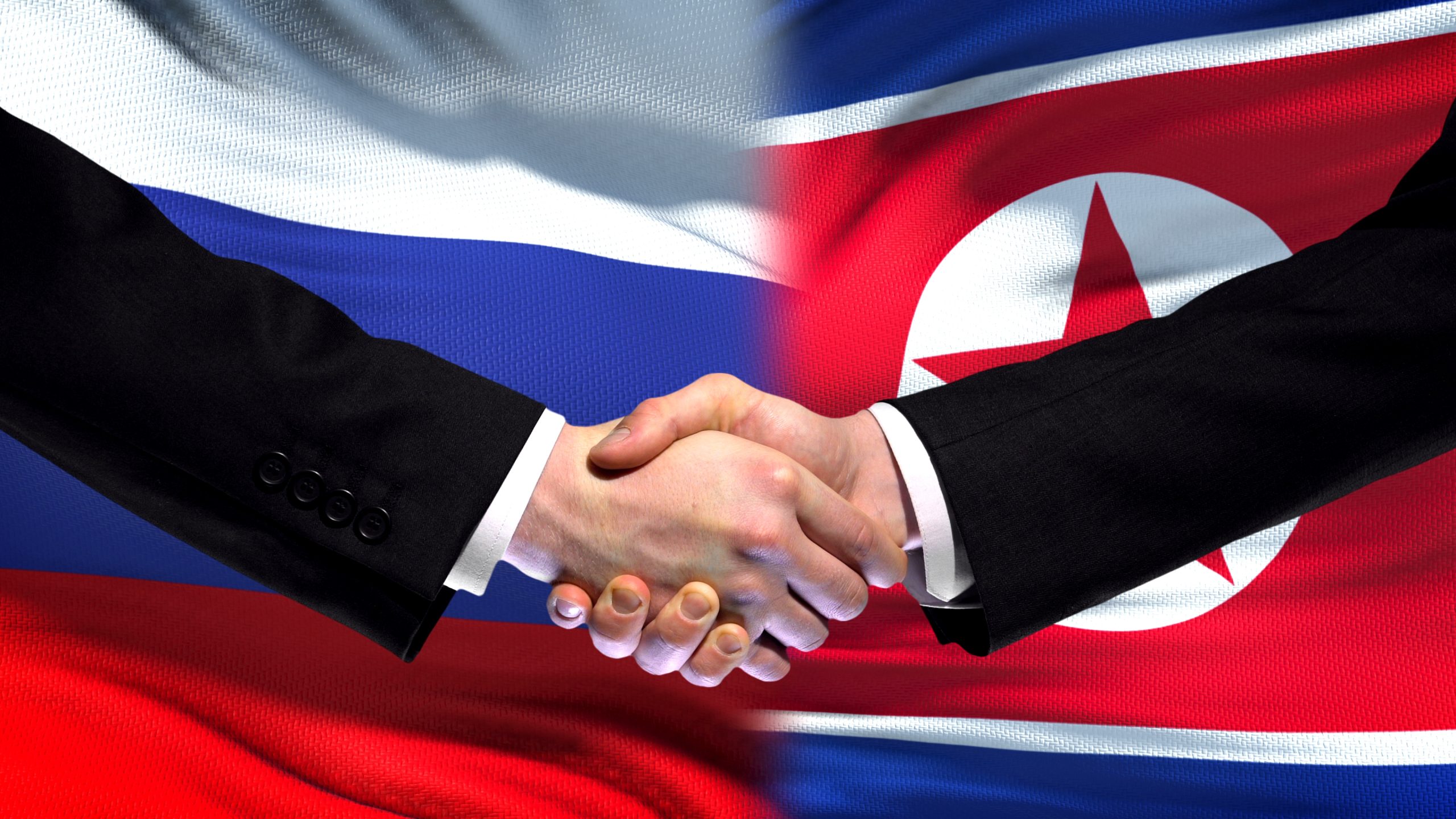

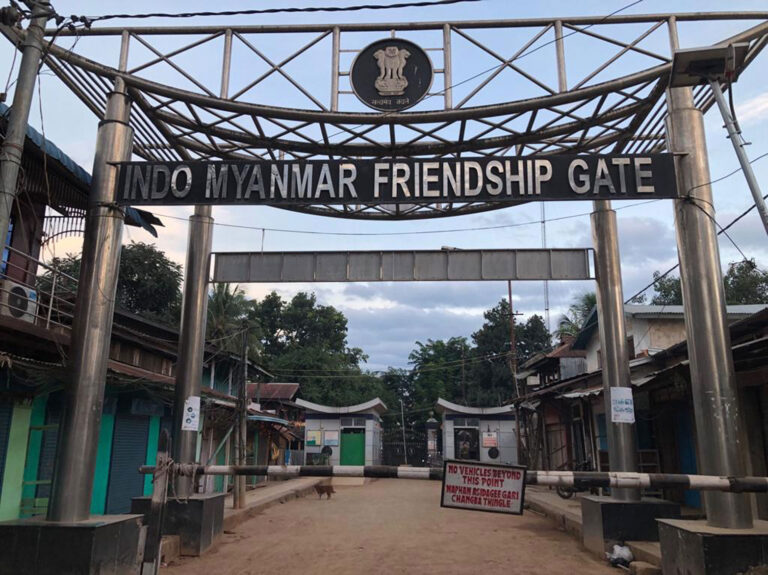
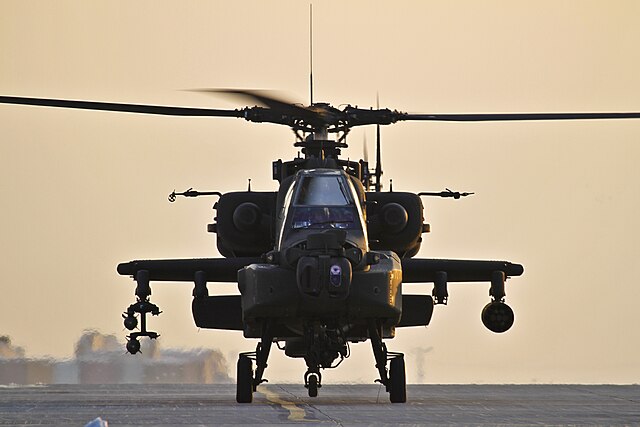
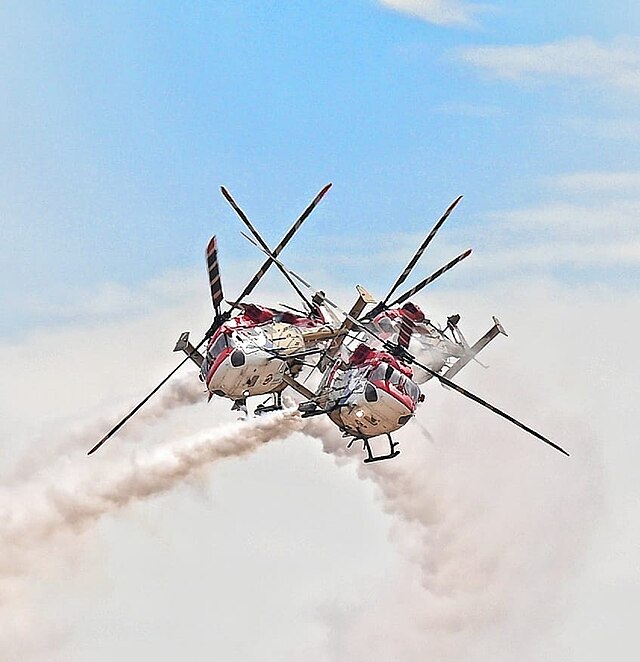
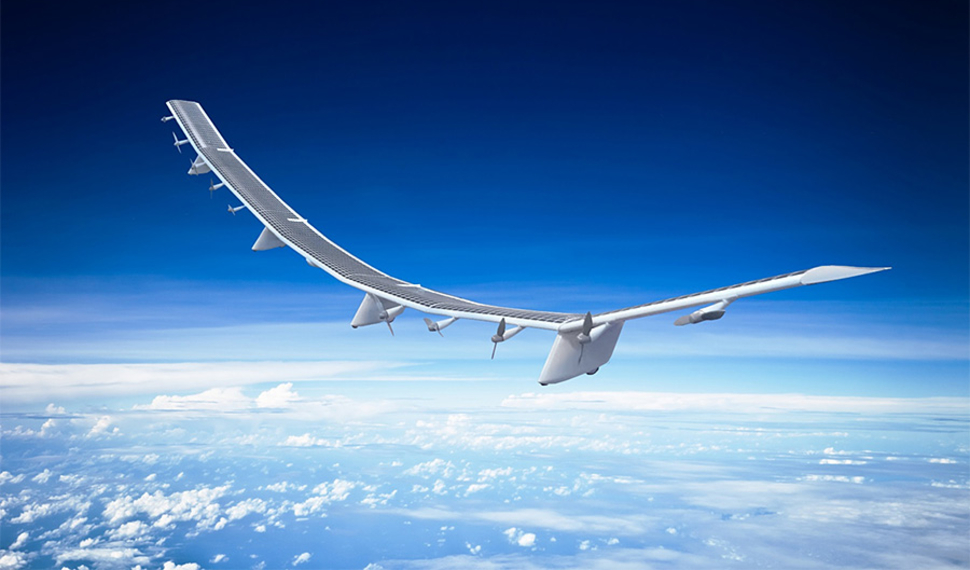
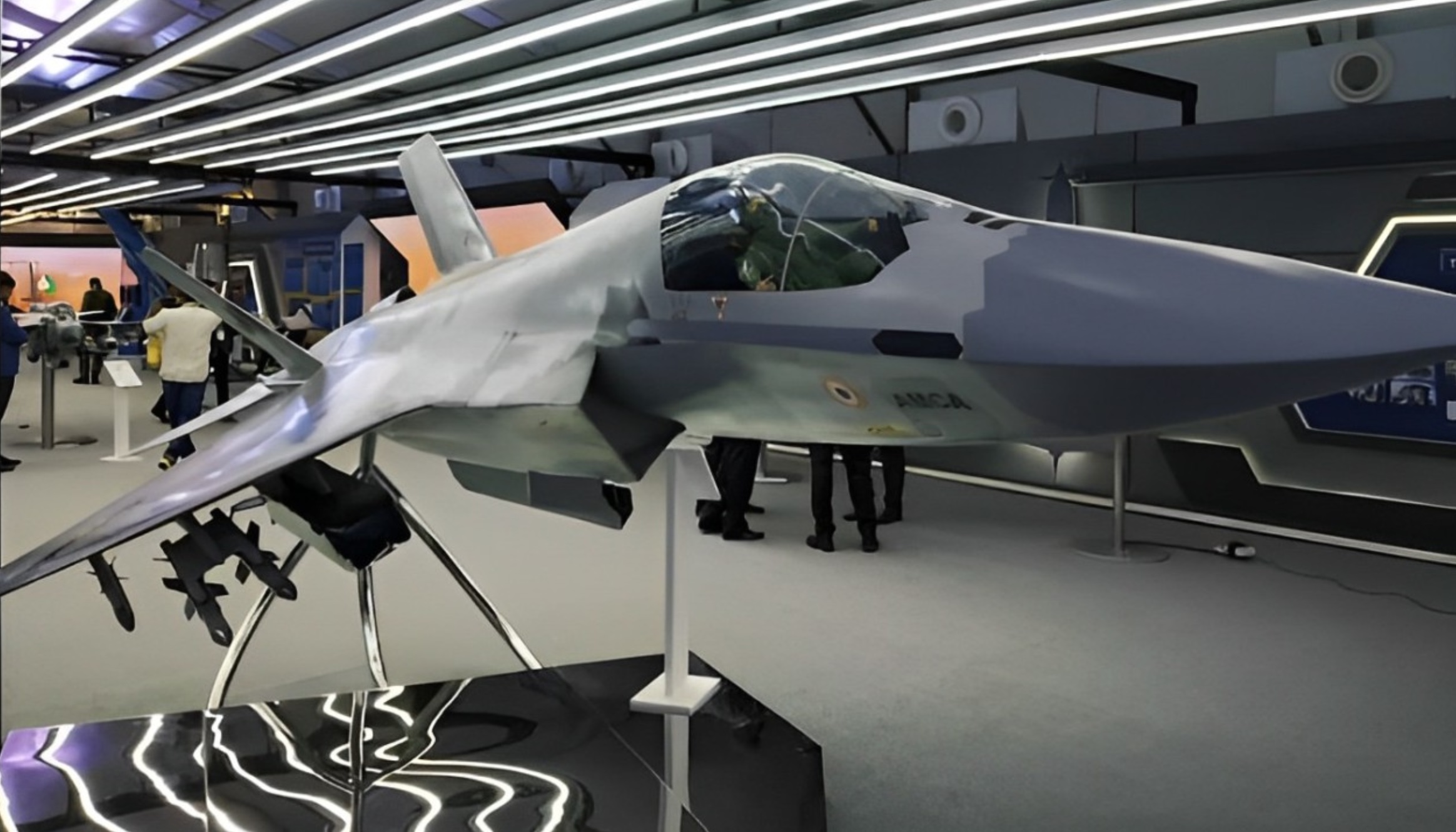






POST COMMENTS (1)
Mohit bhat